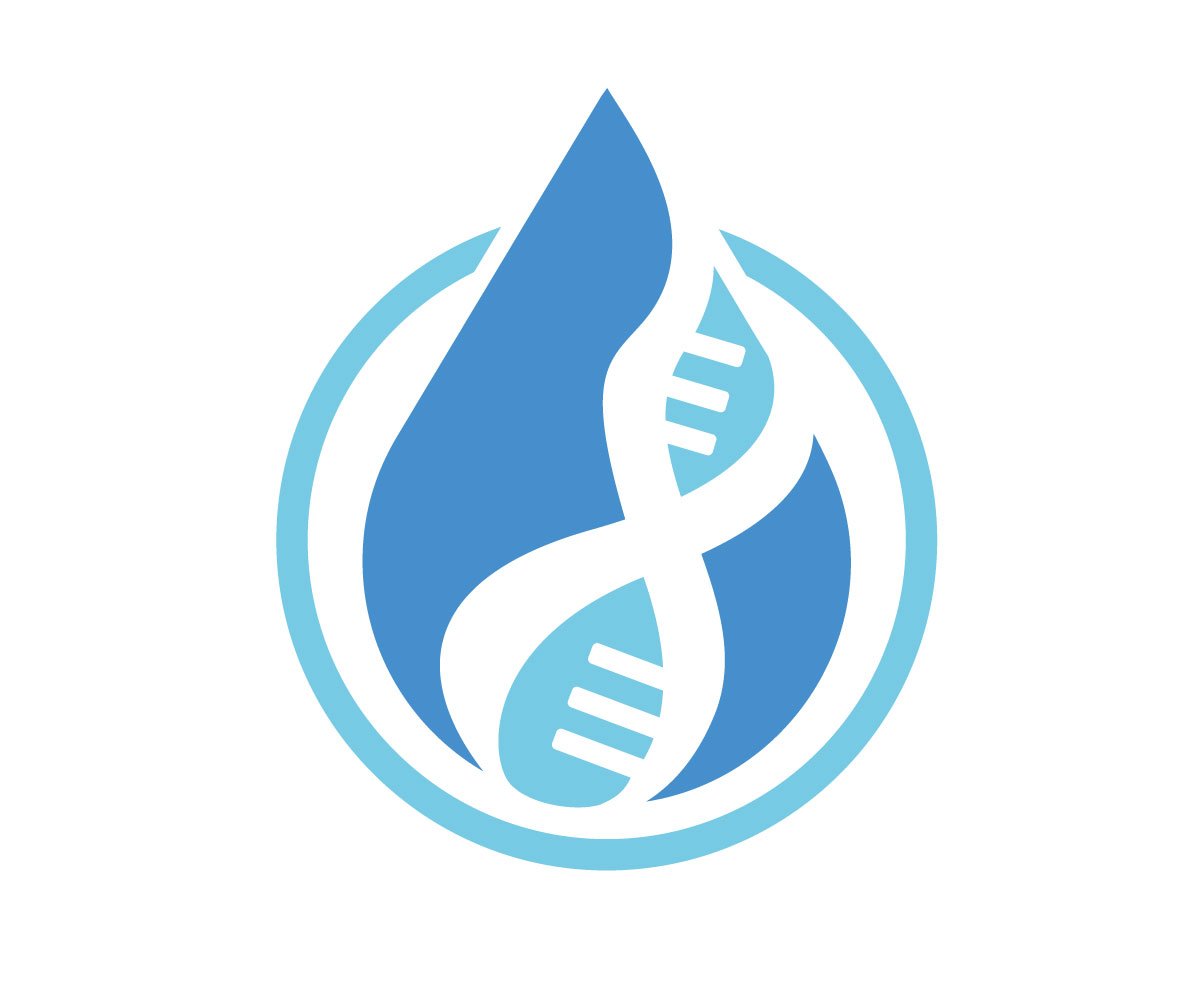First Cousin Versus Second Cousin: What’s the Difference?
What’s the difference between a first cousin, a first cousin, once-removed and a second cousin? I get this question a lot! I usually end up explaining it at least once during Thanksgiving dinner each year.
Cousins who share a set of grandparents because their parents are full siblings are first cousins.
Cousins who share one grandparent because their parents are half-siblings are half-first cousins.
Cousins who share a set of great-grandparents because their parents are first cousins and their grandparents are siblings are second cousins.
“Removed” comes in when the two people in question are from different generations of the family tree. Your first cousin’s children are first cousins, once-removed to you. The kids of your first cousin and your own kids are each others’ second cousins.
“Half” comes in when only one grandparent (rather than a grandparent couple) is shared between you and the other person. If your grandpa and grandma divorced and grandpa remarried and had children by his second wife, you would still be first cousins with the second wife’s grandchildren, but would be half-first cousins. Only your grandpa is shared with them, rather than both grandma and grandpa.
I have a first cousin Mikayla who has two little boys. Her boys are my first cousins, once-removed.
I have three kids myself. My kids and Mikayla’s kids are second cousins to each other. Once our kids have kids, those children will be third cousins to one another.
Mikayla’s grandkids will still be a type of first cousin to me; they will be my first cousins, twice-removed. In genetic genealogy, you will see this type of relationship shortened to 1C2R.
The number of Gs tells you the number of Cs.
Sharing grandparents (1G) makes you first cousins (1C).
Sharing great-grandparents (2G) makes you second cousins (2C).
Sharing great-great-grandparents (3G) makes you third cousins (3C).
Still confused? Post how you and someone you are related to in comments below (describe in words how you are related), and I will help you figure it out. Make sure to leave your email so I have a way to contact you if I have questions!

